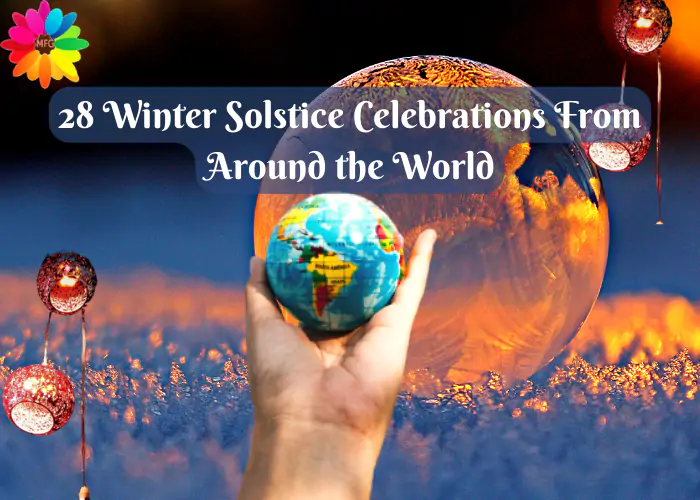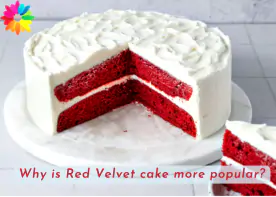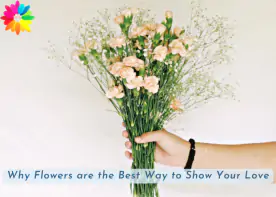28 Winter Solstice Celebrations From Around the World
Around the world, people celebrate the Winter Solstice in many different ways. Some of these celebrations date back thousands of years and have been passed down through generations. Here are 28 of the most interesting and unique Winter Solstice celebrations from around the globe.
1. In Japan, the Winter Solstice celebrations are known as tōji, a time to eat special dishes made with rice and beans. Families also make paper lanterns to decorate their homes.
2. In Sweden, the Winter Solstice celebrations are called Jul, and it is celebrated with a special meal of herring, potatoes, and other traditional dishes. Jul is also when Santa Claus visits children and gives them presents.
3. In China, the Winter Solstice is called Hongzhi. Families will get together to make and eat dumplings and special rice cakes. It is also traditional to give gifts of money to children and older adults.
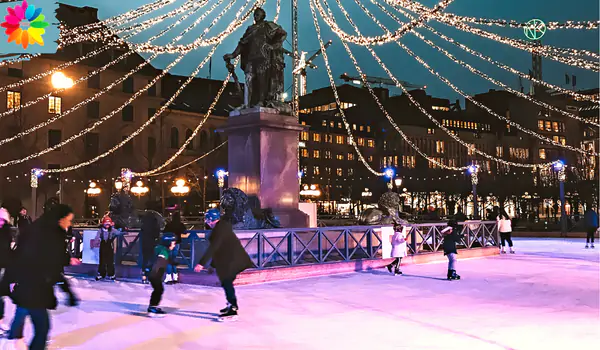
4. The Hopi people of the southwestern United States have a festival called Soyala, which lasts for ten days. People perform ceremonies and dances during this time to welcome the sun back after the longest night of the year.
5. In Iceland, the Winter Solstice celebrations are called jól, a time for feasting and drinking. Families often exchange gifts on jól, and many people stay up all night to celebrate.
6. In Korea, the Winter Solstice is called dongji, a time to eat rice cakes and soup made with rice and beans. Families will also visit their ancestors' graves and exchange gifts.
7. In Nepal, the Winter Solstice is called Yala persona, a time to worship the Hindu god Shiva. Families will offer special food and flowers to Shiva, and they may also fast or perform other religious rituals.
8. In Australia, the Winter Solstice is known as Yulefest, and it is a time to celebrate the longest night of the year with food, drink, and music. Many people also take the opportunity to go camping and stargazing.
9. In Greenland, the Winter Solstice is called midsummer, a time for feasting and dancing. Families often exchange gifts in midsummer, and many stay up all night to celebrate.
10. In Bulgaria, the Winter Solstice is called koleda, and it is a time to celebrate with food, drink, and music. Families will also exchange gifts on koleda, and many people will stay up all night to celebrate.
11. In Greece, the Winter Solstice is called halcyon days, a time to relax and enjoy the company of family and friends. Many people will take the opportunity to go on vacation or to visit family.
12. In Hungary, the Winter Solstice is called hó napja, a time for feasting and drinking. Families often exchange gifts on hó napja, and many people stay up all night to celebrate.
13. In India, the Winter Solstice is called Makar Sankranti, which is a time to celebrate the start of the harvest season. Families will make special dishes with rice and beans and sweets made from jaggery (unrefined sugar).
14. In Iran, the Winter Solstice is called shab-e yalda, a time to eat special foods and stay up all night to read poetry. Families will also exchange gifts on Shab-e yalda, and many people will stay up all night to celebrate.
15. In Ireland, the Winter Solstice is called Samhain, which is a time to celebrate the end of the harvest season. Families will make special dishes with potatoes, other vegetables, and cakes and pies.
16. In Italy, the Winter Solstice is called solstizio d'inverno, a time to eat special dishes made with pasta and beans. Families will also exchange gifts on solstizio d'inverno, and many people will stay up all night to celebrate.
17. In Japan, the Winter Solstice is called seek, a time to eat special dishes made with rice and beans. The most popular dish is sekihan, rice cooked with red beans. Other dishes include ozoni, a soup made with mochi (rice cakes) and vegetables, and kurisumasu Kanten, a jelly made with agar-agar and fruits.
18. In Latvia, the Winter Solstice is called ziema, a time for feasting and drinking. A special dish called kūkas is made for the occasion, and it is a kind of pastry filled with fruit. The feast day itself is December 21st, and it is also the shortest day of the year.
19. In Lithuania, the Winter Solstice is called saulute, a time to eat special dishes made with potatoes and other vegetables. Potatoes symbolize the sun, and they are believed to bring good luck. Other vegetables, such as carrots and turnips, are also associated with the sun. On Salute, families gather together to eat special dishes and exchange gifts. The day is also a time for reflection; people often spend time alone in nature.
20. In Mexico, the Winter Solstice is called posadas, a time to celebrate with food, drink, and music. There is a nine-day celebration leading up to the Winter Solstice, and each day has a different theme. On the last day, people dress up as Mary and Joseph and go from house to house, asking for shelter. This tradition is based on the story of Mary and Joseph looking for a place to stay in Bethlehem.
21. In New Zealand, the Winter Solstice is called Matariki, a time to celebrate the Maori new year. The Maori people have many traditions and ceremonies associated with Matariki, and it is a time of great importance to them. The appearance of Matariki signals the start of the Maori new year, and it is a time of great celebration for the Maori people. Many traditions and ceremonies are associated with Matariki, and it is a time of great importance to the Maori people.
22. In Norway, the Winter Solstice is called Jul, and it is a time to eat special dishes made with pork and potatoes. The Christmas tree is also an important part of the Norwegian Solstice celebration. Norway is a land of great natural beauty, and the people deeply respect the environment. This is reflected in their Solstice celebrations, which are often held outdoors in nature. One popular activity is to walk in the woods on the shortest day of the year, when the sun is at its lowest in the sky. This is a way to connect with the natural world and appreciate the beauty of nature. Another popular Solstice activity is to build a bonfire. This is a way to bring people together and celebrate the return of light after the long, dark winter.
23. In Poland, the Winter Solstice is called wigilia, and it is a time to eat special dishes made with fish and traditional Christmas foods like pierogi (dumplings). Wigilia is also a time for singing carols and exchanging gifts. In Poland, the Winter Solstice is called wigilia, and it is a time to eat special dishes made with fish and traditional Christmas foods like pierogi (dumplings). Wigilia is also a time for singing carols and exchanging gifts. Carols are an important part of the Christmas season in Poland. Some of the most popular carols include "Wśród nocnej ciszy" ("Silent Night"), "Przybieżeli do Betlejem" ("We Three Kings"), and "Mizerna cicha" ("The Little Drummer Boy").Gift-giving is also a big part of the Polish Christmas tradition. Families and friends exchange gifts on Christmas Eve, and it is common for children to leave their shoes out so that Saint Nicholas can fill them with goodies on December 6th (Saint Nicholas Day).
24. In Portugal, the Winter Solstice is called solsticio de Inverno, and it is a time to eat special dishes made with pork and beans. The Christmas season in Portugal starts on December 8, the day of the Immaculate Conception, and ends on January 6, the day of the Epiphany. On December 21, the shortest day of the year, Portuguese families traditionally eat roasted suckling pig and baked codfish. The codfish symbolizes good luck because it is believed to guarantee a plentiful catch of fish in the upcoming year. Other popular dishes served on this day include Caldo Verde (green soup), made with potatoes, kale, and chorizo; and Polvo à Lagareiro (octopus stewed in olive oil), which is a typical dish from the Minho region in the north of Portugal. In the days leading up to Christmas, Portuguese families ensure their homes are clean and decorated with a nativity scene or presépio. On Christmas Eve, it is traditional to attend Midnight Mass, after which families gather for a late supper of bacalhau (dried and salted cod), which is often served with potatoes, hard-boiled eggs, and olives.
25. In Romania, the Winter Solstice is called sorcova, a time to eat special dishes made with pork and beans. People also exchange gifts and decorate their homes with greenery. In some parts of the country, children sing holiday songs door to door.
26. In Russia, the Winter Solstice is called noch vsyokih sviatykh, a time to eat special dishes made with pork and potatoes. The Christmas tree is often decorated with ornaments in the shape of snowflakes, and people may wear special clothing to keep warm. In some parts of Russia, it is traditional to burn a yule log in the fireplace on Christmas Eve. After the sun sets on Christmas Eve, people attend church for a midnight mass. The service usually lasts for about an hour, and during that time, people reflect on the past year and think about what they hope to achieve in the coming one. After mass, everyone returns home and enjoys a feast with their family and friends. The meal typ. cally includes many different dishes, such as pork, potatoes, cabbage, beetroot soup, and various desserts.
27)In Serbia, the Winter Solstice is called badnjak, a time to eat special dishes made with pork and beans. The word badnjak comes from the Serbian word for log, and it is traditional to burn a log on this day. The log is often decorated with leaves and berries and is seen as a symbol of fertility.
People also exchange gifts and decorate their homes with greenery on this day. In some parts of the country, children sing holiday songs door to door.
28. In Slovakia, the Winter Solstice is called vioance, which is a time to eat special dishes made with pork and potatoes. The Christmas tree is often decorated with ornaments in the shape of snowflakes, and people may wear special clothing to keep warm. In some parts of Slovakia, it is traditional to burn a yule log in the fireplace on Christmas Eve.
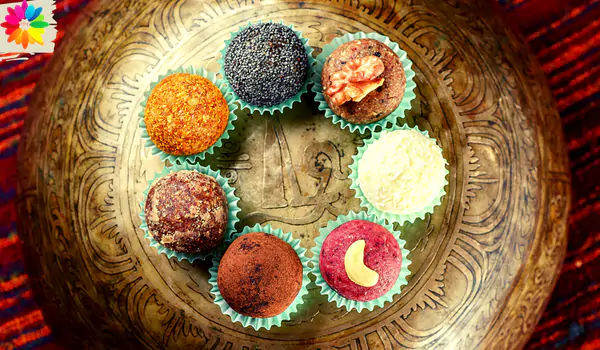
After the sun sets on Christmas Eve, people attend church for a midnight mass. The service usually lasts for about an hour, and during that time, people reflect on the past year and think about what they hope to achieve in the coming one. After mass, everyone returns home and enjoys a feast with their family and friends. The meal typically includes many different dishes, such as pork, potatoes, cabbage, beetroot soup, and various desserts.
During Christmas, people in Slovakia also like to exchange gifts with their loved ones. It is common for people to give each other small presents, such as chocolates or flowers, rather than expensive items. The exchange of gifts is a way to show your love and appreciation for others and is also seen as a way to bring good luck in the coming year.
Winter Solstice and its significance in different cultures around the world.
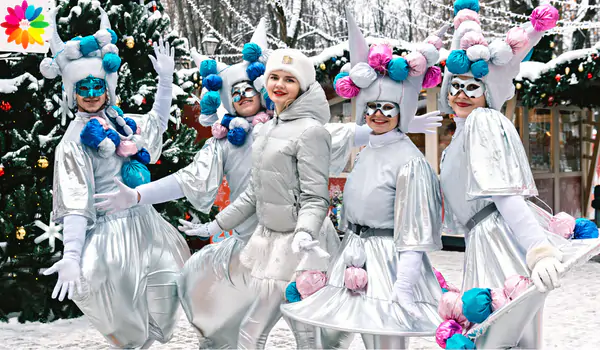
Winter Solstice is a special time of year for many people worldwide. In some cultures, it is seen as a time to celebrate the coming of winter and the shorter days. In others, it is a time to reflect on the past year and think about the future. Whatever its meaning, the Winter Solstice is a time to come together and celebrate the season.
Conclude with a reflection on the importance of this holiday season.
The Christmas season is a time to come together with family and friends, reflect on the past year, and look forward to the future. For many people, it is also a time to exchange gifts with loved ones to show appreciation and bring good luck. Whether you celebrate the Winter Solstice, Christmas Eve, or both, the important thing is to enjoy the company of those you love and to make cherished memories that will last a lifetime.

